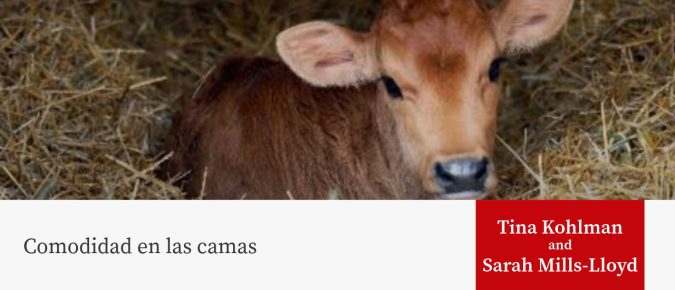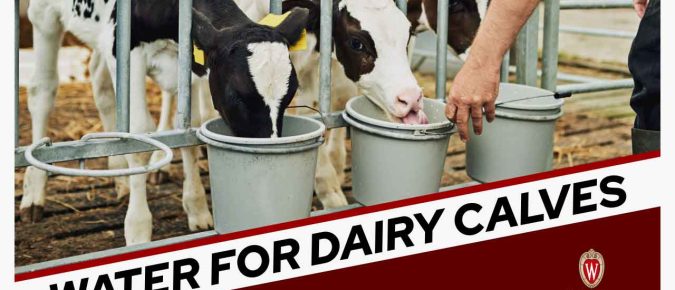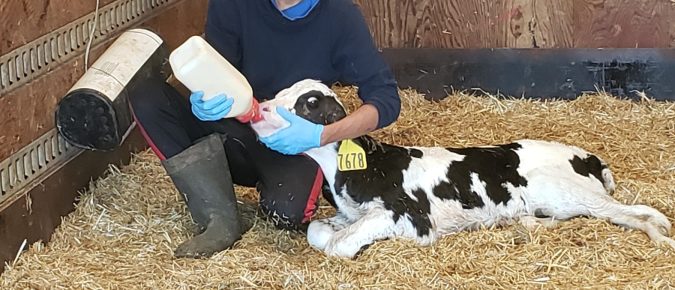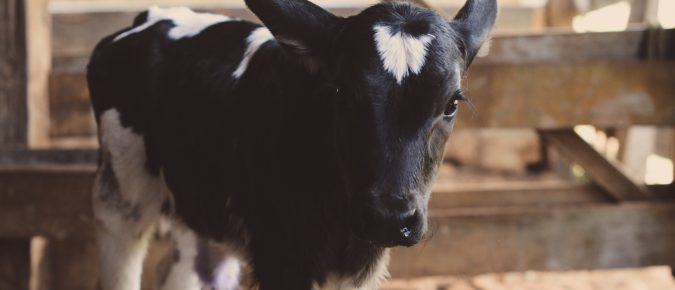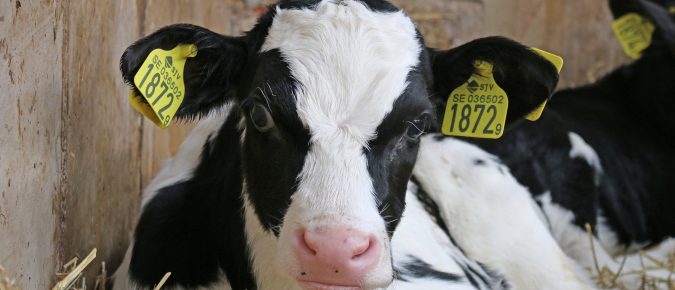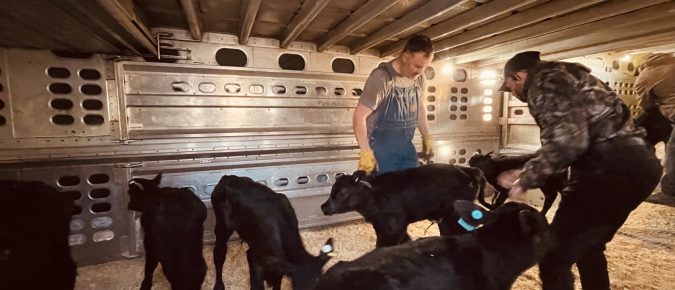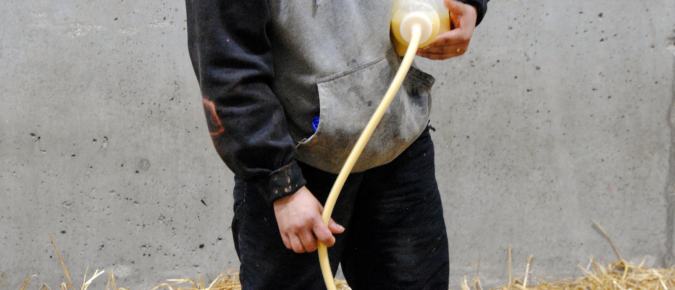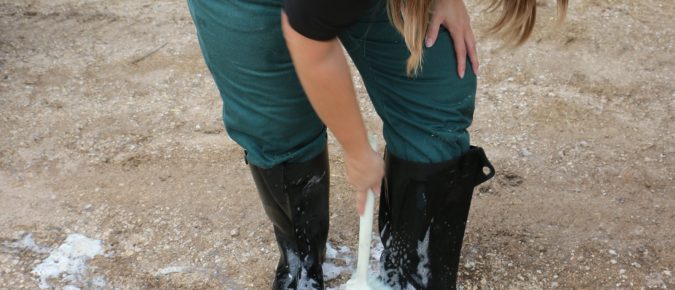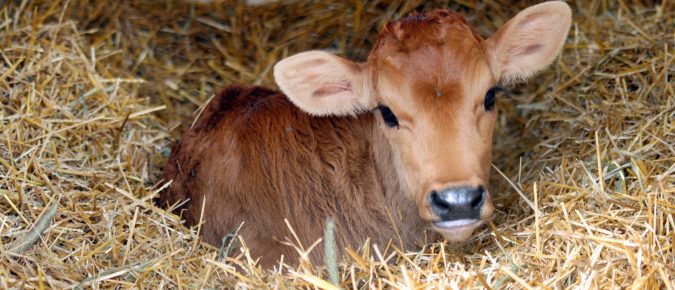En esta charla discutiremos cómo la implementación de programas intensivos de alimentación a terneras de reposición durante las primeras semanas de vida mejora su crecimiento, de qué forma afecta su desarrollo ruminal y su potencial productivo futuro.
Proporcionar un ambiente excelente es clave para criar terneros con éxito. En el alojamiento de los terneros, el ambiente incluye el espacio que el ternero usa para descansar, las áreas de alimentación y las superficies por donde camina.
The importance of the water and how by providing warm water for calves, especially in colder weather, can benefit rumen development, increase starter intake, and weight gain, and growth performance.
Dairy producers should consider feeding a smaller volume of colostrum to newborn calves. Delivering the correct mass of immunoglobulin in a smaller volume ensures the successful transfer of passive immunity (TPI) is preferable to current colostrum feeding guidelines.
Bovine colostrum is the production of “first milk” from the mammary gland in the 24 hours after calving and it is the first source of nutrients for the calf. All female mammals produce it, and, in all species, it is of great importance, since it provides key antibodies, or immunoglobulins, to jump-start the immune system and determine whether the offspring survive or not.
The stomach of ruminants is made up of four compartments: the rumen, reticulum, omasum, and abomasum. Each compartment has a very specific characteristic and function to help the digestion and absorption of essential nutrients to the animal.
The importance of colostrum is no secret to dairy and livestock producers. Unlike many other species, the placenta of cattle prevents the transfer of antibodies from the dam to the calf in the uterus. Instead, calves must rely on colostrum, the cow’s first milk, to pass antibodies from dam to calf.
This article was originally published in the Wisconsin Agriculturist. In Wisconsin, it has become more common for pre-weaned dairy heifers and bulls to leave the farm before one week of age. Calves of this age can be transported easily, but first, they need to be ready for the trip as they have a reduced capacity […]
A sound colostrum management program should be the cornerstone to every farm’s calf management program. Calves are born with a naive immune system, one that does not have enough circulating antibodies to help fight disease. Because of this they are highly susceptible to disease for the first few weeks of life.
Colostrum management is the single most important factor in determining calf health and survival. Successful colostrum management requires farmers and managers to provide newborn calves with a sufficient amount of clean, high-quality colostrum within the first few hours of life.
Keeping calves healthy and alive is a critically important factor that contributes to a dairy farm’s success and profitability. The job of keeping a calf healthy begins at birth. Birth to three months of age is the most sensitive rearing period for the young calf. With biological, environmental, and nutritional stressors, the success of the first rearing phase depends on calf managers and feeders paying special attention to detail.
Raising healthy dairy calves requires maximizing the calf’s level of immunity against disease while minimizing its exposure to infectious diseases. However, there will still be times when calves will become sick. Can you identify the sick calf?


